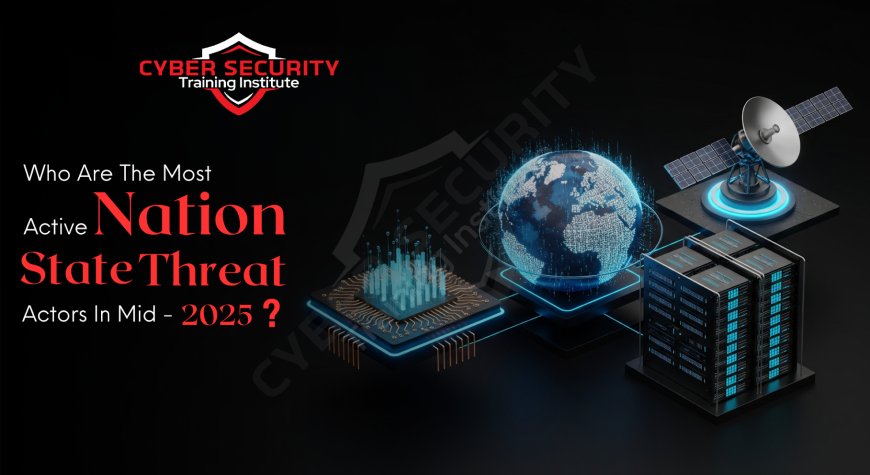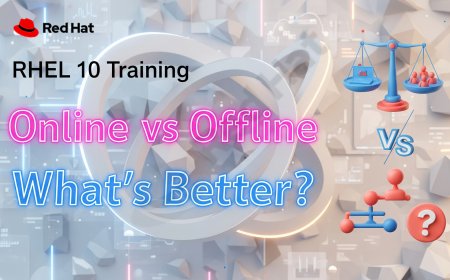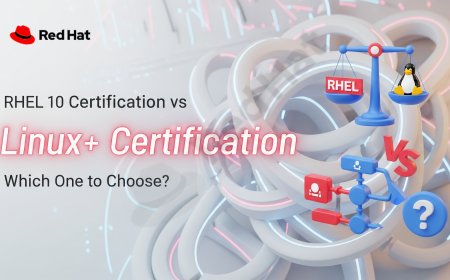Who Are the Most Active Nation-State Threat Actors in Mid-2025?
Explore the most active nation-state threat actors in mid-2025, including Lazarus Group, APT29, and APT41. Learn about their targets, methods, and recent cyberattacks. Who are the leading nation-state threat actors in 2025? This blog dives deep into groups like Lazarus, APT29, and APT41, their tactics, recent campaigns, and what organizations can do to stay secure.

Table of Contents
- Introduction
- What Are Nation-State Threat Actors?
- Top Nation-State Actors Active in Mid-2025
- Tactics and Targets
- Recent High-Profile Attacks
- How Organizations Can Defend Themselves
- Conclusion
- FAQ
Introduction
Cybersecurity in 2025 is increasingly shaped by the activities of nation-state threat actors—highly sophisticated groups backed or directly operated by governments. These groups are responsible for some of the most disruptive and covert attacks targeting critical infrastructure, government institutions, defense contractors, and technology firms.
What Are Nation-State Threat Actors?
Nation-state threat actors are cyber groups linked to a nation’s intelligence or military apparatus. They are well-funded, operate covertly, and conduct:
- Cyber espionage
- Data theft
- Infrastructure disruption
- Political influence operations
Their goal is to advance national interests through cyber means, often without attribution or direct confrontation.
Top Nation-State Actors Active in Mid-2025
Below are the most active and dangerous nation-backed groups identified in recent cybersecurity reports:
| Group Name | Affiliated Nation | Primary Targets | Notable Activity (2025) |
|---|---|---|---|
| Lazarus Group | North Korea | Financial Institutions, Crypto Exchanges | $130M crypto theft, healthcare espionage |
| APT29 (Cozy Bear) | Russia | Governments, NATO allies | Zero-day exploitation in EU Ministries |
| Charming Kitten | Iran | Dissidents, Media, Universities | Spear-phishing campaigns on US journalists |
| APT41 | China | Tech firms, Supply chains | Software backdoor in firmware update chain |
| Cobalt Mirage | Iran | Defense, Critical Infrastructure | Credential harvesting via VPN exploits |
Tactics and Targets
Nation-state actors continue evolving their tactics in 2025. Key trends include:
- Zero-day exploits used before vendors can patch vulnerabilities
- Social engineering targeting high-level executives and diplomats
- Supply chain compromises through software vendors
- AI-assisted misinformation campaigns on social media
Recent High-Profile Attacks
Several attacks in 2025 have been attributed to these nation-state actors. These include:
- Energy grid disruption in Eastern Europe linked to APT29
- Ransomware deployed on satellite systems attributed to North Korean groups
- Zero-day exploits in cloud authentication services traced back to APT41
How Organizations Can Defend Themselves
While defending against nation-state threats is difficult, organizations can enhance their posture by:
- Implementing Zero Trust Architecture
- Conducting regular threat hunting and red teaming
- Using AI-based anomaly detection tools
- Keeping software and firmware updated
- Training staff on phishing and social engineering awareness
Conclusion
As 2025 unfolds, nation-state threat actors remain a critical cybersecurity challenge. Their attacks are more targeted, strategic, and difficult to attribute. Businesses, governments, and individuals must adopt proactive cybersecurity strategies to protect against these increasingly sophisticated and politically motivated threats.
FAQ
What is a nation-state threat actor?
A nation-state threat actor is a hacking group that operates under the direction or sponsorship of a government, often involved in cyber espionage, data theft, or infrastructure sabotage.
Which are the top nation-state groups in 2025?
Lazarus Group (North Korea), APT29 (Russia), APT41 (China), Charming Kitten (Iran), and Cobalt Mirage (Iran) are among the most active.
What makes these actors different from cybercriminals?
Nation-state actors are often better funded, politically motivated, and use highly advanced techniques for long-term operations rather than immediate profit.
What industries are most targeted?
Critical infrastructure, finance, healthcare, defense, and high-tech industries are prime targets for nation-state hackers.
How do they stay undetected?
They use sophisticated evasion tactics like fileless malware, encryption, lateral movement, and dwell time minimization.
Are their attacks always politically motivated?
Yes, most attacks serve a national strategic interest—be it intelligence gathering, economic disruption, or political influence.
Can small businesses be targets?
Yes, especially if they are part of a larger supply chain or have access to valuable data or systems.
Is attribution always accurate?
No. Nation-states often use false flags and complex infrastructures to confuse investigators and shift blame.
What is the role of AI in these attacks?
AI is used for data mining, social engineering, automated reconnaissance, and even real-time phishing or voice synthesis.
How can governments protect their infrastructure?
By investing in cyber defense, public-private collaboration, information sharing, and international cyber diplomacy efforts.
Are zero-day exploits common in nation-state attacks?
Yes, these actors often use previously unknown vulnerabilities before vendors have a chance to patch them.
What are common signs of a nation-state attack?
Advanced persistence, low-and-slow data exfiltration, use of rare malware families, and targeting of high-value systems.
What is cyber espionage?
It’s the unauthorized access and theft of sensitive or classified information, typically for strategic advantage.
Why are critical infrastructures targeted?
Because they can cause massive disruption and economic or political instability if compromised.
What is an APT?
APT stands for Advanced Persistent Threat—a group that uses stealthy, continuous hacking to achieve long-term access.
Can AI help defend against nation-state actors?
Yes, AI helps in anomaly detection, rapid response, predictive analytics, and detecting behavioral patterns.
What is the role of threat intelligence?
It helps organizations understand evolving tactics, track APT groups, and proactively defend their networks.
Are these attacks limited to digital theft?
No. Some are aimed at physical disruption, like power grids, satellites, or transportation systems.
What’s the future of nation-state cyberwarfare?
More AI integration, faster attacks, broader targets, and likely, cyber arms races between nations.
Can international law stop such attacks?
International frameworks are evolving, but enforcement remains limited due to issues of sovereignty and attribution.
What's Your Reaction?
 Like
0
Like
0
 Dislike
0
Dislike
0
 Love
0
Love
0
 Funny
0
Funny
0
 Angry
0
Angry
0
 Sad
0
Sad
0
 Wow
0
Wow
0








![How to Install RHEL 10 on VMware/VirtualBox [Tutorial]](https://www.cybersecurityinstitute.in/blog/uploads/images/202509/image_430x256_68b56dc967a4a.jpg)







